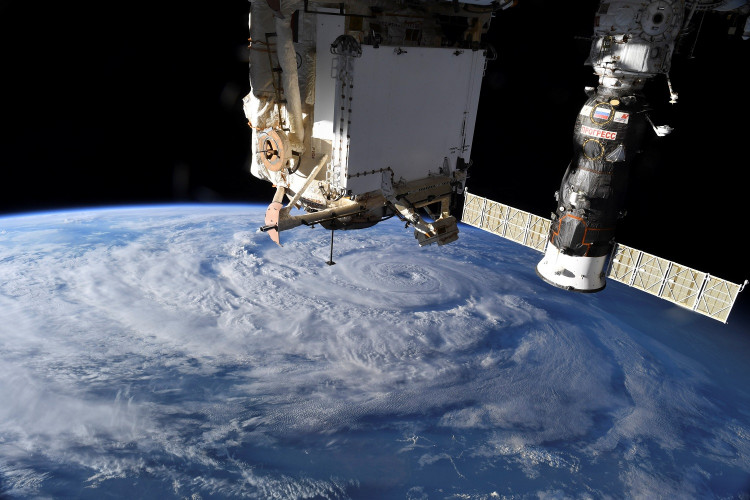Researchers are proposing an expansion of the traditional hurricane classification system to include a new "Category 6" for the most extreme storms, as current categories may no longer suffice to describe the ferocity of hurricanes fueled by global warming. This suggestion comes from a study published in the Proceedings of the National Academy of Sciences, which points to a significant increase in the intensity of the world's most severe hurricanes due to rising ocean and atmospheric temperatures.
The proposed Category 6 would encompass hurricanes with sustained winds exceeding 192mph, a threshold that has been surpassed by five storms in the past decade alone. These mega-storms, including Typhoon Haiyan and Hurricane Patricia, demonstrate the escalating threat posed by such extreme weather events. Michael Wehner, a scientist at the Lawrence Berkeley National Laboratory, and co-author of the study, emphasized the severity of these supercharged hurricanes, noting, "192mph is probably faster than most Ferraris, it's hard to even imagine."
The call for a new hurricane category is rooted in the observation that while the overall number of hurricanes may not be increasing, the intensity of major storms has seen a notable rise. This trend is attributed to the super-heated oceans providing additional energy for rapid hurricane intensification, coupled with a warmer, moisture-laden atmosphere.
The current Saffir-Simpson hurricane scale, developed in the early 1970s, classifies hurricanes from Category 1 to 5, with Category 5 storms defined by wind speeds of 157mph or more. However, researchers argue that this scale, which focuses primarily on wind speed, falls short of capturing the full spectrum of hazards presented by the most intense storms, particularly those that could be classified as Category 6 under the proposed expansion.
Critics of the existing scale argue that it fails to adequately communicate the risks associated with ultra-intense cyclones, which can cause catastrophic damage well beyond the thresholds of Category 5 storms. Kerry Emanuel, a climate scientist who edited the paper for the journal, highlighted the scientific community's anticipation of such an increase in hurricane wind speeds, stating, "And now we are seeing this increase in both climate analyses and models."
The discussion around adapting the hurricane classification system reflects broader conversations about how to effectively communicate risk in a warming world. As climate change continues to fuel more powerful and destructive storms, the need for a classification system that accurately reflects the severity and potential impact of these hurricanes becomes increasingly critical.
While the National Hurricane Center has yet to indicate any official plans to adopt a Category 6, the ongoing debate underscores the challenges and complexities of conveying the full range of hazards posed by major hurricanes in an era of climate change. As scientists and policymakers grapple with these issues, the conversation about how best to prepare and inform the public about the dangers of these unprecedented storms continues to evolve.





